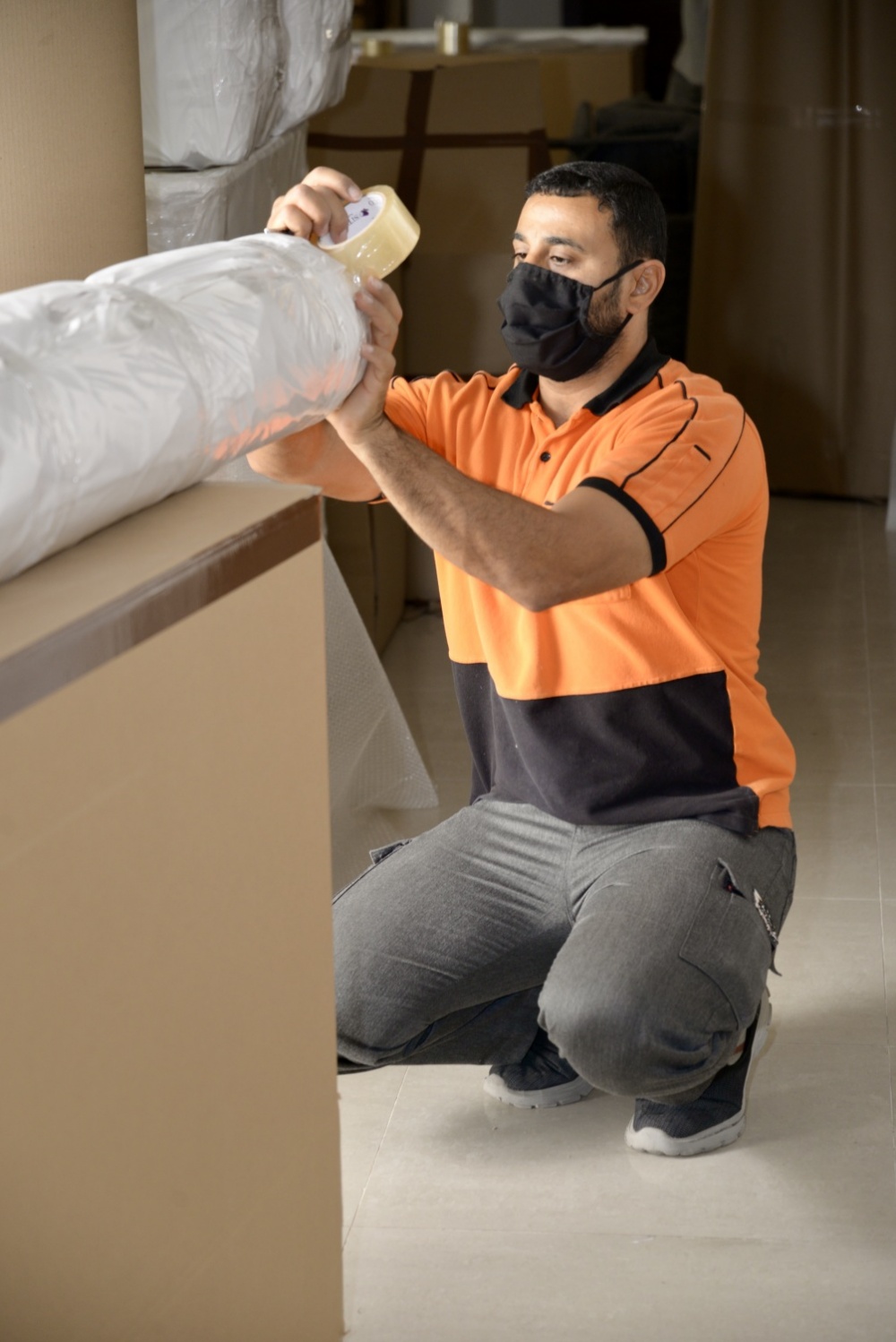DoD Says It’s Time (for some) to Get Moving
May 27, 2020
THIS POST WAS UPDATED ON JUNE 4.
It’s already a PCS season like none other, and—at least for some—it’s beginning.
On Tuesday, June 2, senior Department of Defense officials said that 30-40% of military personnel moves are already happening and that DoD officials are continuing to label regions of the country “green”, meaning that service members and their families can move to and from that region. In order to be “green”, the region must have decreasing trends in COVID-19 diagnoses and symptoms, and local authorities must have eased stay-at-home and shelter-in-place restrictions.
Once a region is determined to be “green”, the Service Secretary, Combatant Commander, or the DoD Chief Management Officer (CMO) will make a determination if the installations within that region have met additional criteria that include:
- Local travel restrictions have been removed
- The upcoming school year is expected to start on time and sufficient childcare is available
- Moving companies are available to safely move individuals from the community they’re leaving and to the one they’re going to
- Local services, such as water, sewer, electricity, are safely available
Senior Defense Department officials said that installation commanders are responsible for continuously communicating their installation’s readiness to the Service Secretary, Combatant Commander, or CMO. Installation commanders are also responsible for making sure there are enough military treatment facility services available, enough COVID-19 tests available, and enough quarantine or isolation locations available for service members who are moving to the installation.
Officials said that if the installation meets the criteria for lifting the travel restrictions and the installations a service member is moving to and from meet the requirements, waivers for categories such as Mission Essential, Humanitarian, Personal Hardship, Military Education Training will no longer be required.
PREVIOUS GUIDANCE
Last week, Secretary of Defense Mark Esper signed a memo that says the Department of Defense will transition to a conditions-based phased approach to personnel movement and travel restrictions. The memo says the Stop Movement order that has prevented servicemembers from traveling and many families from moving since March will be partially lifted. Also, per the memo, the Under Secretary of Defense for Personnel and Readiness, Matt Donavan, will continuously assess each U.S. state or territory, and nations that host more than 1,000 permanently assigned DOD personnel to determine where movement can begin to resume to and from.
A press conference was held in late May with the Pentagon’s Chief Management Officer Lisa Hershman, Pentagon Spokesman Jonathan Hoffman, and Under Secretary of Defense for Personnel and Readiness Matt Donovan to explain the new guidance.
REQUIREMENTS FOR OPENING TRAVEL
According to Hoffman, the DoD will use a five-phase plan to lift current restrictions on travel, with the phases primarily dependent on local conditions and services, amenities, and capacities available on the installations themselves. According to Hershman and Donovan, there is no timeframe or deadline for passing through the phases. Rather, each area’s progression through the phases will be dependent on local conditions and the decisions of installation commanders CONUS and combatant commanders OCONUS. For travel to be allowed, the area must have:
- Shelter–in-place orders lifted; and
- A 14-day downward trajectory in COVID and flu-like symptoms; and
- A 14-day downward trajectory in new COVID cases or positive tests.
If all three requirements are met, combatant commanders and service secretaries will use the White House’s Opening Up America Again guidelines, as well as guidance from the U.S. Department of Health and Human Services and the Centers for Disease Control and Prevention to determine which specific installations, facilities, and locations are ready for travel to and from their location.
Other factors that will be considered are:
- Local travel restrictions have been removed.
- Essential services are available, including schools, childcare, and moving services.
- Quality control/assurance functions for household goods packing and movement can be performed there.
- Favorable Health Protection Conditions (below HPCON C), which means:
- Medical Treatment Facilities have the capacity to treat patients.
- The area is capable of testing for COVID-19, per the DoD’s tiered priority framework.
- The location can isolate individuals returning from high exposure locations.
Donovan said that some installations have already met these requirements and can “go green” and allow travel immediately. We will update this story when the list becomes available.